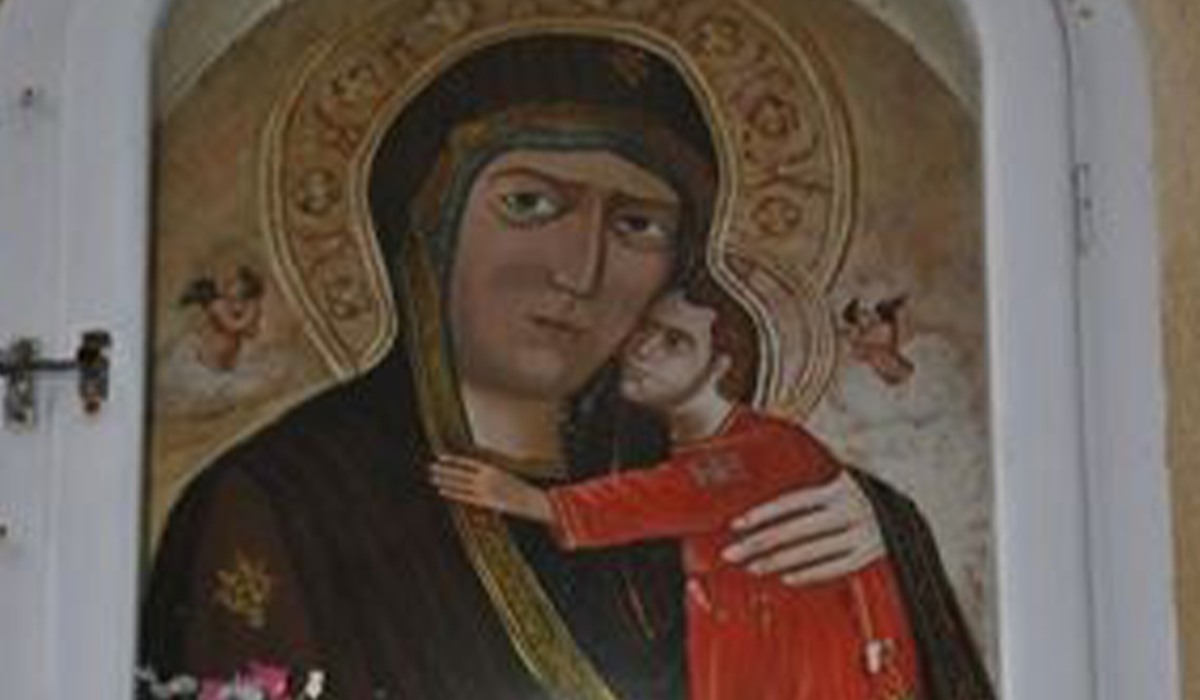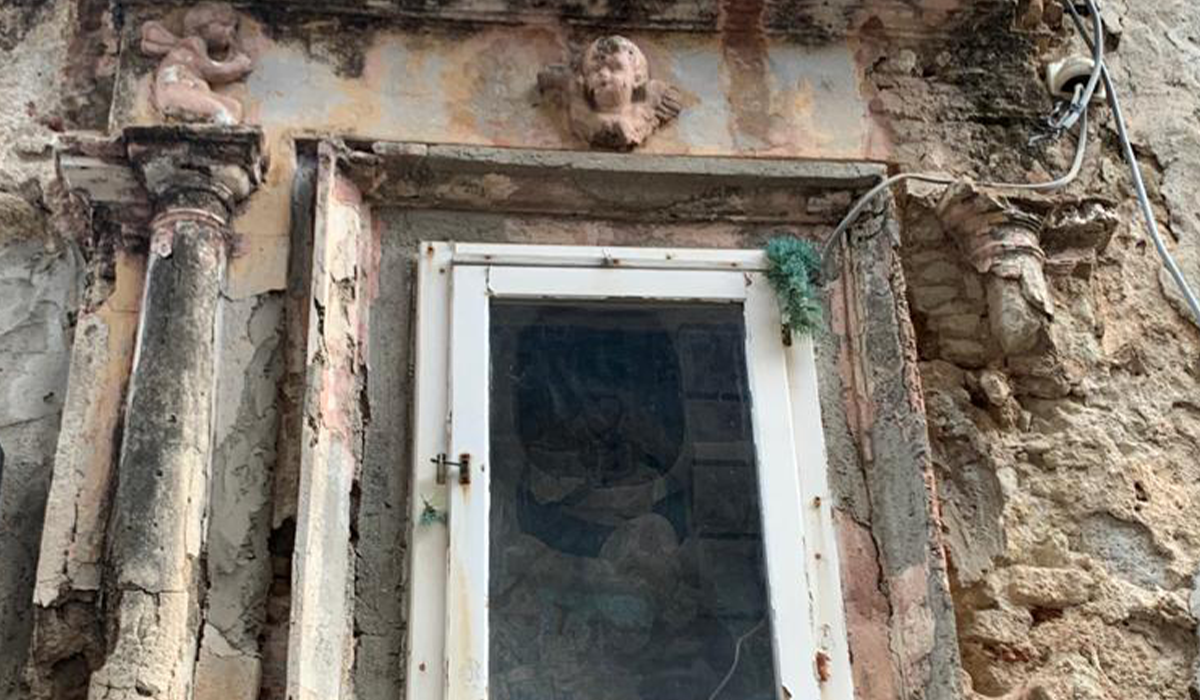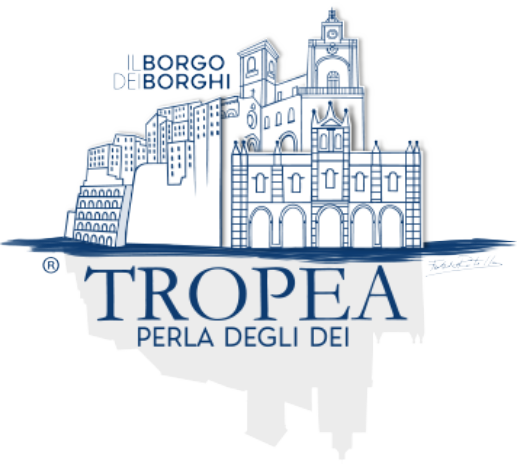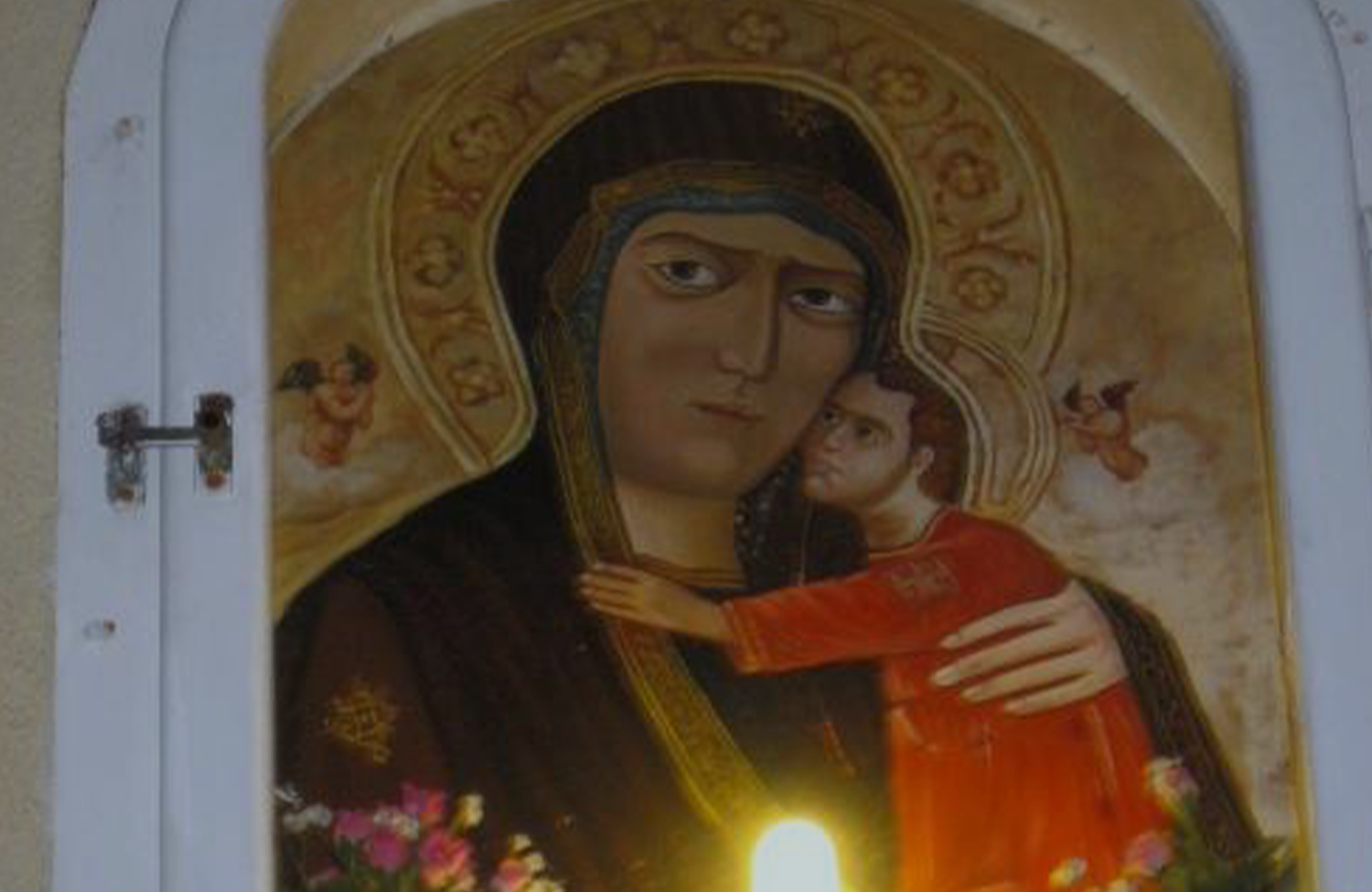Votive shrines, the precious testimonies
of popular faith scattered in the streets and alleys of the ancient village, shaped over the centuries by the creative local craftsmanship.

Those who venture to discover the historic center of Tropea, among the many beauties scattered between the patrician palaces, churches and convents, cannot help but see the widespread presence of votive shrines, called cresiolee, or small churches in the local dialect, among the wide and narrow streets of the village. The use of small altars, in wood, ceramic or masonry, with sacred or other images has very ancient origins, probably spread from the Magna Graecia to the Roman-Italic environment. This use will continue in the Christian age and throughout the Middle Ages, except for the heavy parenthesis of the period of iconoclastic struggles (VIII-IX century). The presence of votive shrines in ancient Tropea had multiple functions. The humbler and less affluent population who lived in the crowded basements of the noble buildings, eager to escape from those unhealthy slums, during the spring and summer months gathered in the wide and spacious alleys to sit in prayer around the sacred icons placed in the newsstands. These collective rituals had not only a religious function, but also a social one. On these occasions, in fact, the poorest people conversed and interacted on everyday matters. Another important element was linked to the fact that not all the population could have access to the churches of the historic center, the less advantaged faithful could, by means of the votive kiosks, carry out religious services such as the recitation of the rosary during the novenas.

The votive shrines, being always illuminated by torches, lanterns or candles, served for centuries as public lighting, managing to illuminate the darkest corners. The favorite sacred images in the votive shrines are the Madonna of Romania, patroness of the city, San Francesco di Paola, much revered by fishermen, San Giuseppe, patron saint of carpenters and artisans. Then there are the medical Saints Cosma and Damiano, San Nicola, the Madonna of the Pietà and the Carmel. Each alley or building is adorned with these small altars, the “cresiolee” so dear to the elderly who live in the ancient village. From an artistic and architectural point of view, these are small niches without decorations and in some cases with stucco columns and frames, while the sacred images painted on the wall or on wooden tables are the work of a creative and lively craftsmanship that over the centuries, between earthquakes and anthropogenic changes, it has been able to shape the aesthetic aspect of the historic center with awareness and originality. According to an approximate census, the historic center of Tropea has about fifty of these icons, but many are also preserved inside the buildings and, therefore, difficult to catalog.








